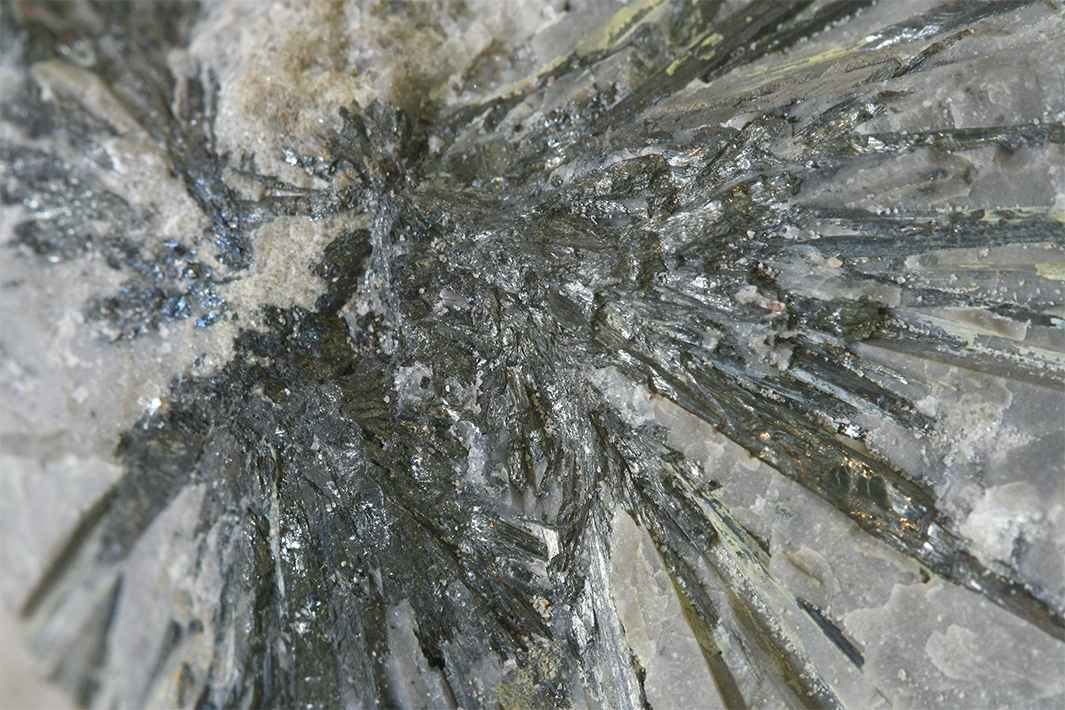- Increases Size of Bluffy Lake Project in the Red Lake Gold District
- Bluffy Lake Project Contiguous to Barrick Gold's Newly-Optioned South Uchi Project
- Airborne Geophysics Phase One Exploration Program
Prime Meridian Resources Corp. (TSXV: PMR) ("PMR'' or the "Company") is pleased to announce that the Company has acquired, through staking, an additional 2,920 hectares east of its Camping Lake Project in the Red Lake District of Northwestern Ontario. The newly-named Bluffy Lake Project is directly contiguous with Barrick Gold Corporation's South Ushi Project and Trillium Gold Mines' Karas Lake property.
Interest in this region continues to grow, as demonstrated by the September 20, 2021 news release that Barrick Gold Corporation has entered into a property option agreement under which ABX can earn a 70-per-cent interest in the South Uchi Project from Kenorland Minerals Ltd. by incurring an aggregate of $6-million in mineral exploration expenditures.
PMR further announces that the Company has retained Simcoe Geoscience Limited to complete high-resolution Triaxial Airborne Magnetic and Helicopter Time Domain EM surveys on its Camping Lake and Bruce Lake Projects. The Camping Lake and Bruce Lake Projects were optioned and acquired by the Company based on their coverage and proximity to the Pakwash Lake Fault Zone (PLFZ) and the Sydney Lake Fault Zone (SLFZ) in the Red Lake District of Northwestern Ontario, Canada.
The Camping Lake Project covers 7,850 hectares and straddles 8.5 kilometres of the PLFZ and 18.0 kilometres of the SLFZ along the boundary between the volcanic-dominated Uchi subprovince to the north and the metasedimentary-dominated English River subprovince to the south.
The majority of gold deposits in the Red Lake District (Red Lake, Madsen, Hasaga, and others) are located on the northern margin of the Confederation Assemblage, however, recent discoveries such as the LP Fault Zone on the Dixie Project by Great Bear Resources highlight the prospectivity of the entire Confederation Assemblage along the southern margin of the Uchi subprovince. In addition to gold prospectivity, the area also holds potential for lithium-bearing pegmatite intrusions.
To view an enhanced version of Figure 1, please visit:
https://orders.newsfilecorp.com/files/5386/97267_f2ac17e1e436e9ae_001full.jpg
Airborne Geophysical Survey
The entirety of the Bruce Lake and Camping Lake Projects will be subjected to an airborne magnetic survey, while the D-Nut Tail Zone of the Camping Lake Project will be additionally covered by an HTDEM survey (Figure 2).
The northern claims of the Camping Lake Project (D-Nut Tail Zone) cover the interpreted extent of the PLFZ extending east from the so-called "D-Nut'' feature of GBR's Pakwash Property. The D-Nut comprises a circular magnetic anomaly coincident with gold lake sediment anomalies and gold-in soil anomalies, which have been subject to minimal historical exploration.
The southern segment of the Camping Lake Project straddles the interpreted extent of the SLFZ, extending from the eastern boundary of Trillium Gold Mines' Leo Property, to the western boundary of TGM's Karas Lake Property:
https://trilliumgold.com/trillium-gold-further-consolidates-confederation-lake-greenstone-belt-increases-larder-lake-land-holdings-and-adds-quebec-assets/
The Bruce Lake Project covers an area directly to the north of the PLFZ, and is transected roughly north-south by the Keelson Fault, which intersects the PLFZ. This fault zone has been targeted by historical drilling which intersected pyrite, pyrrhotite and chalcopyrite at depth. The airborne magnetic survey carried out over this property will be used to more clearly define the structural targets in this area. (1)

Figure 2. Airborne Geophysical Survey Plan
To view an enhanced version of Figure 2, please visit:
https://orders.newsfilecorp.com/files/5386/97267_f2ac17e1e436e9ae_002full.jpg
Deep Fault Interpretation
The source of gold mineralization at the main mine trend at Red Lake and the LP Zone of Great Bear Resources' Dixie Project are believed to be related to a similar deep crustal source. A 2006 geophysical survey suggests that the same structure associated with GBR's LP Zone is associated with the Pakwash Lake Fault Zone (PLFZ) and Sydney Lake Fault Zone (SLFZ), which underlie a large extent of Prime Meridian's newly-expanded land position (Figure 3).
A 3D seismic traveltime tomography cross-sectional interpretation from Zeng and Calvert (2006) identifies two major crustal-scale structures underlying the Red Lake district. One structure is associated with the main mine trend at Red Lake (right, north along cross-section), while the second structure is believed to be associated with the LP Fault Zone of Great Bear Resources' Dixie Project (left, south along cross-section). (2)

Figure 3. Deep Fault Model
(modified from Zeng & Calvert, 2006)
To view an enhanced version of Figure 3, please visit:
https://orders.newsfilecorp.com/files/5386/97267_f2ac17e1e436e9ae_003full.jpg
Qualified Person
The technical contents of this release were approved by Case Lewis, P.Geo., a Qualified Person as defined by National Instrument 43-101.
References
(1) Render, M., Meade, S.R., Lengyel, J.W.P., 2011. Goldpines North Property Drilling Report, prepared for Laurentian Goldfields.
(2) Zeng, F. & Calvert, A.J., 2006. "Imaging the upper part of the Red Lake greenstone belt, northwestern Ontario, with 3-D traveltime tomography". Canadian Journal of Earth Sciences.
On behalf of the Board of Directors of
Prime Meridian Resources Corp.
"Brian Leeners"
Brian Leeners, CEO & Director
The TSX Venture Exchange has in no way passed upon the merits of the proposed transaction and has neither approved or disapproved the contents of this press release.
Suite 920 – 1112 WEST PENDER STREET
VANCOUVER, BC, V6E 2S1
ir@primemeridianresources.com
https://primemeridianresources.com/

To view the source version of this press release, please visit https://www.newsfilecorp.com/release/97267







